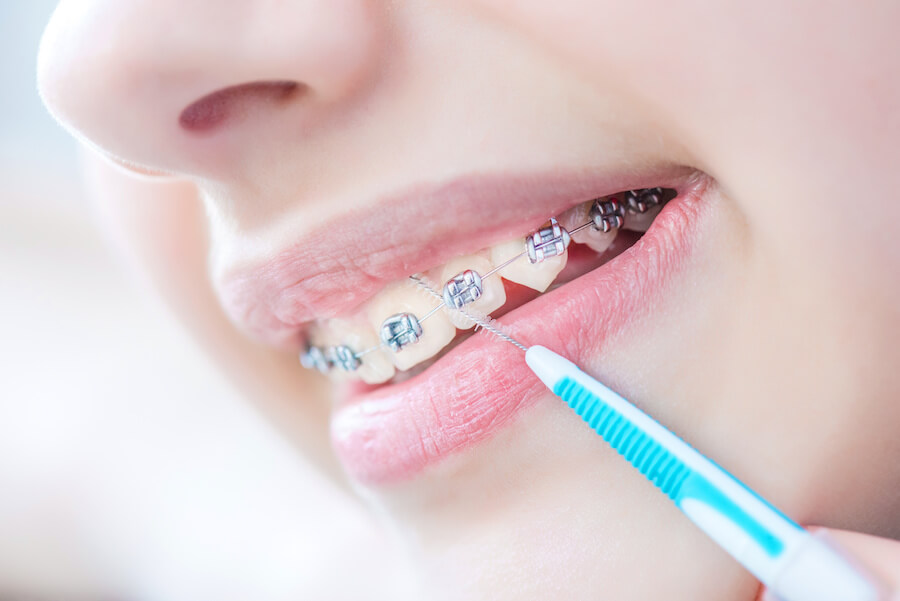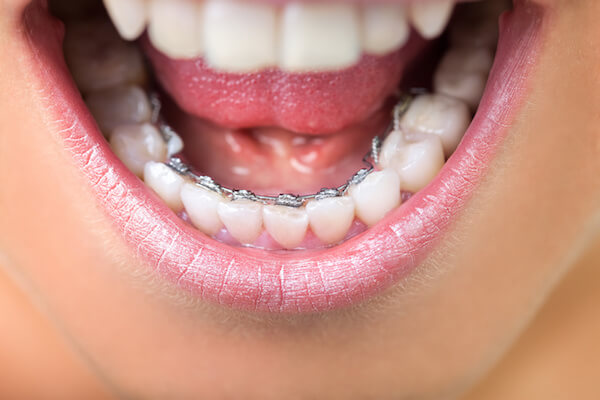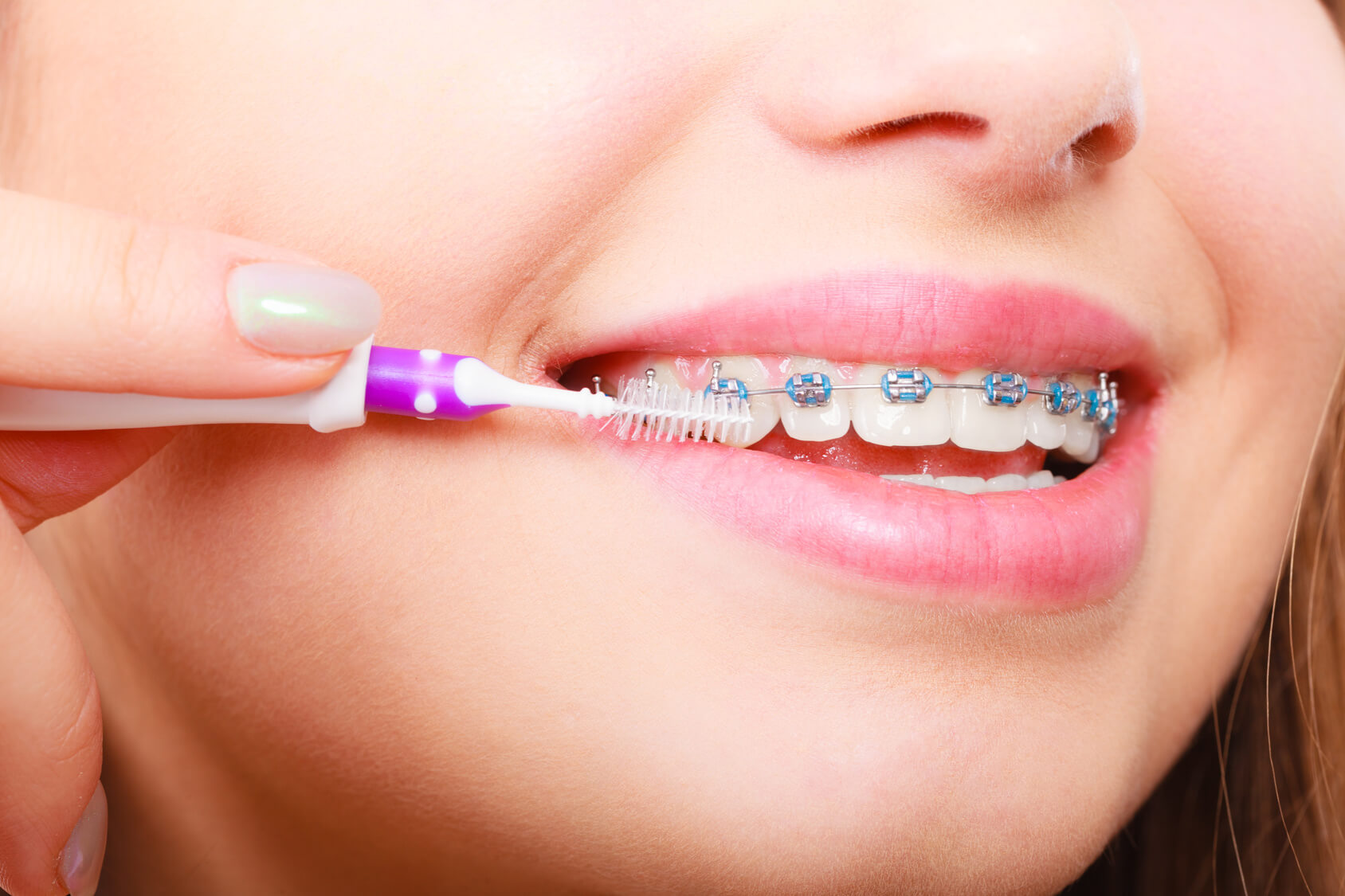The Right Way to Clean Your Braces

Maintaining good oral hygiene is extremely easy when you don’t have braces. You brush, floss, rinse with mouthwash and continue on with your day. Unfortunately, things get more difficult when braces are put on.
All the hardware that makes up your braces from the wires and brackets to the expanders, bands, elastics, springs and screws, present unique challenges that make cleaning difficult. Learning how to work around these challenges and properly clean your braces will help you protect your teeth.
Understanding Why Cleaning Braces can be so Difficult
Before you learn how to properly clean your braces, you must learn about why it is so difficult to clean your teeth when you are undergoing orthodontic treatment.
Cleaning your braces is difficult because there are so many different surfaces where food can get stuck, plaque can build up, and acid can collect. When this happens it can cause germs and bacteria to grow and spread throughout the mouth. Bacteria and plaque growth can cause tooth decay, cavities, gingivitis, and even damage the structure of your teeth.
Properly cleaning not only your teeth, but the hardware around your braces will help prevent any damage from occurring that may be caused by germs and bacteria.
How to Properly Use a Toothbrush When You Have Braces
Brushing your teeth when you have braces is different than brushing your teeth without braces. You will still use the same type of toothbrush, either a manual or electric toothbrush that has soft bristles and a compact head, but your brushing technique will be different.
To properly brush your teeth when you have braces, do the following things:
- Remove any elastic bands you may have in your mouth before brushing
- Hold your toothbrush at a 45-degree angle right along the gum line.
- Move the toothbrush in a back and forth motion across the teeth
- Sweep the toothbrush over the biting surface of your teeth
- Gently brush the tops, fronts, and bottoms of the brackets
- Brush the wires
Learn Proper Flossing Techniques for Flossing with Braces
Flossing helps remove food that may have gotten stuck between your teeth or under the wires. When wearing braces it is important that you thoroughly floss your teeth at least once a day. This involves taking a silky gloss dental floss and threading it between the teeth and under the wires. This will help remove any food particles that may have become stuck between your teeth or around your braces.
Flossing while on the go can be difficult as it is time consuming. If you don’t have enough time to properly floss your teeth, you can choose to use interdental picks, proxybrushes, or soft picks to remove any food particles. These items are not as effective as traditional flossing, but they will help keep your teeth clean until you can get home and properly floss. Best of all, they are small enough that you can easily fit them in your pocket, wallet, or purse and take them while you are on the go.
Use an Oral Irrigation System to Clean Your Teeth
Even with proper brushing and flossing, food can still get stuck between your teeth and around your braces. An oral irrigation system can help remove any food, plaque, or bacteria that are left behind after brushing and flossing.
Oral irrigation systems take water and create a gentle stream. The stream has just enough force that it can flush out food, bacteria, and germs that accumulate around hard-to-reach places in your mouth.
Using an oral irrigation system can help improve your oral health when you are wearing brace. However, it should never be used as a substitute for brushing and flossing. It is still important that you brush and floss several times a day whether you use an oral irrigation system or not.
Your Orthodontics Team is There to Help with Proper Cleaning of Your Braces
Your orthodontics team at Valderrama Orthodontics wants to make your experience wearing braces easier. Our team will take the time to walk you through the proper way to clean your braces and answer any questions you may have about the process. If you should ever run into a problem, you can call our office and we will gladly assist you.
Are you interested in getting braces for you or your child? Call our office today to schedule an appointment to discuss orthodontic treatment.











Let's Get Social